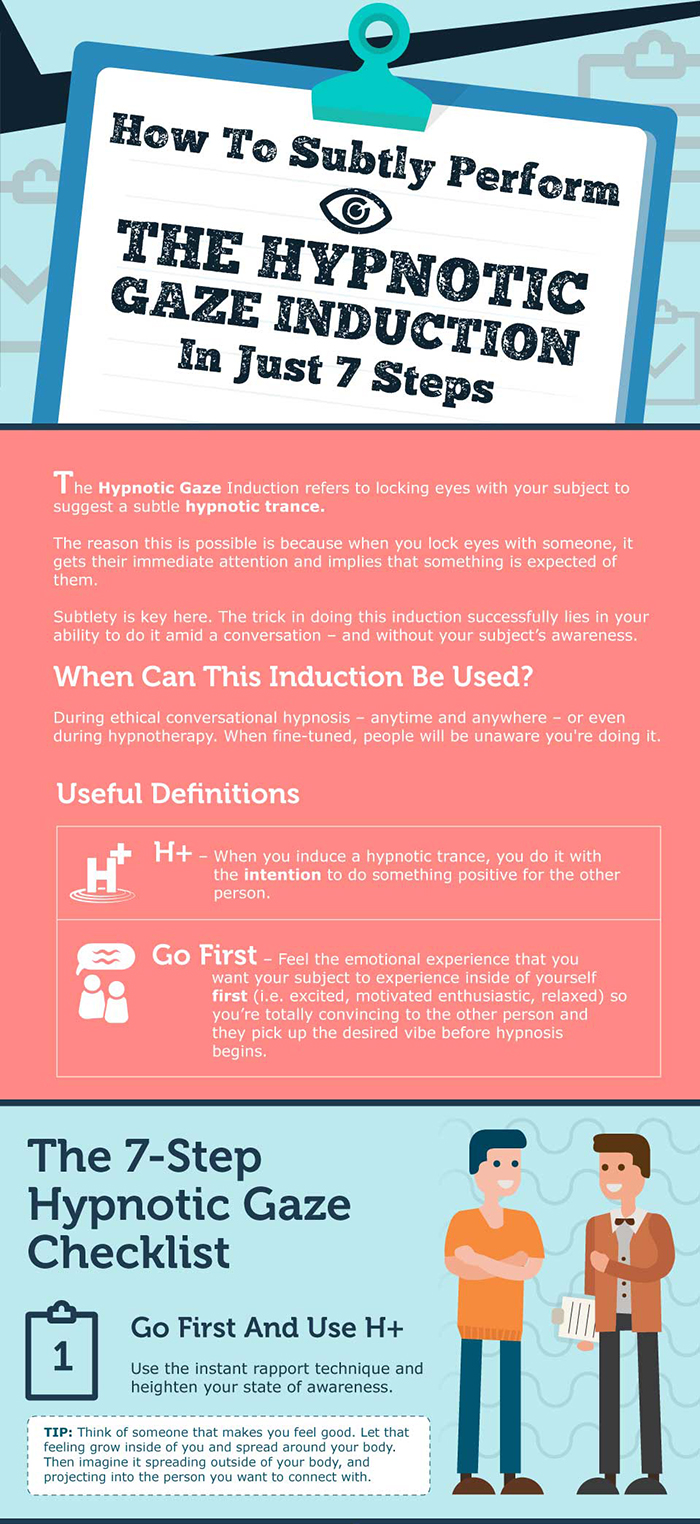
If you said to help people, you’d be right. That’s the ultimate goal. To be a force for good in the world. No arguments there.
However, there’s a problem. Because, as a hypnotist, you can only help people if you’re able to hypnotize them. While that statement seems a little contradictory, it’s not. And here’s why.
If you want to hypnotize someone, you have to put them into a trance. You have to bypass their conscious critical mind.
You have to make contact with their unconscious mind, because that’s where the power to make change resides. And the only way you can do that is by breaking down their resistance.
That’s a particularly useful skill to have with certain kinds of people – people who think things through too much, or perhaps who’ve never been hypnotized before. Reason being, in these types of cases, you may encounter more resistance, at least during the initial phases.
As a hypnotist, you might already know lots of techniques you can use to break down someone’s resistance.
But, they take time. Ideally you need something that’s fast, reliable, effective and easy to use. Something that fits into the 4-stage hypnosis protocol like a glove.
Something like the Non-Awareness Set.
5 Things You Need To Know About Mastering The Non-Awareness Set
The Non-Awareness Set is a technique created by hypnosis pioneer Dr. Milton Erickson. Check out the points below so you can master it just like the late and great Erickson did:

We’ll take a detailed look at all 4 components that make up the Non-Awareness Set shortly. But first, what’s the point of using it in the first place?
keep reading to why is the non-awareness set so effective when it comes to breaking down resistance in hypnosis? Learn from hypnosis experts about the 4 basic components in the Non-Awareness set, their benefits, the right time to put that into the practice.


